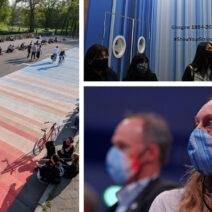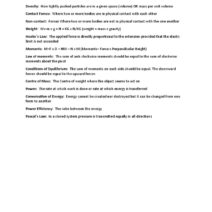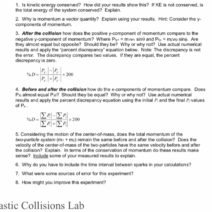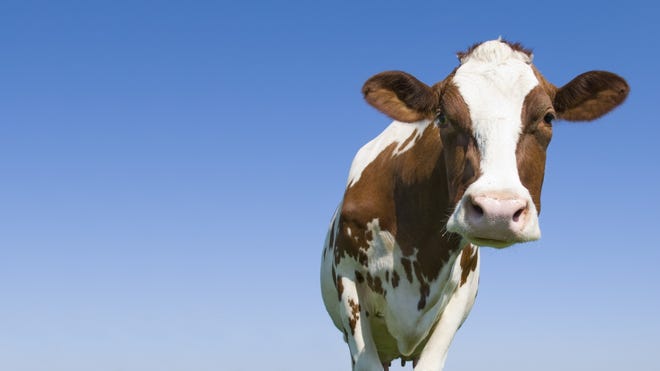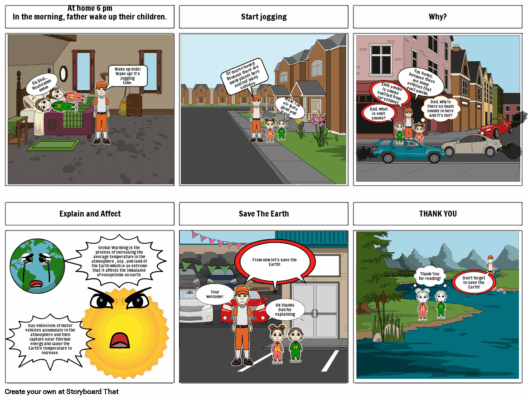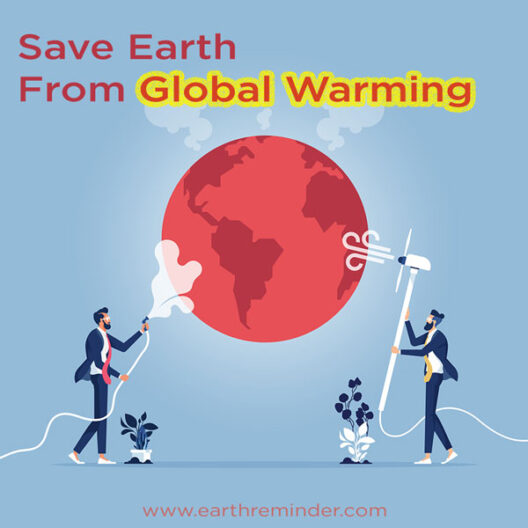Methane, often heralded as a villain in the narrative of climate change, holds a rather duplicitous role in the ecosystem—a powerful greenhouse gas with a global warming potential significantly greater than that of carbon dioxide over a short time frame. Yet, its origins and pathways are of utmost importance in understanding its impact on our planetary climate. One of its primary sources is enteric fermentation, a natural digestive process occurring in ruminants, such as cows. This leads to the question that echoes through the halls of environmental discourse: Does methane from cows really contribute to global warming?
To comprehend the gravity of methane emissions from bovine sources, we must delve into the biological mechanisms at play. Cows possess a unique digestive system—characterized by their four-chambered stomachs—that enables them to efficiently convert fibrous plant material into energy. As food undergoes fermentation, methane is produced as a byproduct of this digestive process. This biochemical symphony, though crucial for the cow’s nutrition, significantly elevates methane levels that enter the atmosphere upon exhalation and eructation (the technical term for belching).
Methane’s atmospheric potency cannot be understated. Although it accounts for a smaller percentage of global greenhouse gas emissions compared to carbon dioxide, its global warming potential is staggering. Methane can be up to twenty-five times more effective than carbon dioxide at trapping heat over a century. This durability in the atmosphere, coupled with its escalating concentration—an unequivocal telltale of anthropogenic influence—raises the stakes in climate discussions. The combustion of fossil fuels, landfills, and agricultural practices, including livestock operations, release substantial quantities of this gas, creating a ripple effect that accelerates climate change.
Transitioning to the ecological landscape, it is essential to contextualize the role of cattle ranching within broader agricultural practices. Cows, as a staple for many diets around the globe, contribute significantly to food production. However, this comes at a cost. The interdependence between methane emissions from cattle and the escalating demands of a growing population showcases a palpable dilemma. On the one hand, livestock provides essential protein; on the other, its greenhouse gas emissions present a lurking specter of detrimental environmental impact.
Think of the atmosphere as a tightly woven tapestry, where each thread contributes to the integrity of the whole. The additional methane threads woven into this tapestry amplify the overall warming effect, manifesting in diverse climatic patterns, extreme weather events, and ecological disturbances. The allegory of the “tapestry” is both fitting and captivating, for it symbolizes the intricate balance of Earth’s systems. The ensuing disruption can lead to significant ramifications—ranging from altered precipitation patterns to the increased frequency of droughts and floods—each exacerbated by the proliferation of greenhouse gases.
Yet, one must not overlook the agricultural innovations emerging to mitigate these impacts. A burgeoning focus on sustainable farming practices aims to curtail methane emissions while ensuring food security. Explore the nexus of dietary alterations for livestock, which may involve introducing feed additives that inhibit methane production during digestion. Research is under way examining compounds like seaweed, which may reduce methane emissions by over 80% when incorporated into bovine diets. Such approaches reveal the potential for a more sustainable interaction between agriculture and environmental stewardship.
Furthermore, holistic management practices, such as rotational grazing, can enhance the carbon sequestration capacity of pastures. By allowing for natural regrowth and soil rejuvenation, these practices contribute to decreasing overall methane emissions and improving soil health—illustrating a symbiotic relationship rather than a dichotomous one between agriculture and climate objectives. The narrative of transformation is essential: It calls for reimagining cattle ranching not merely as a contributor to methane but as an integral player in climate solutions.
Moreover, the regulatory landscape is shifting in response to mounting climate evidence. Policymakers are incrementally embracing frameworks aimed at reducing methane emissions across sectors, including agriculture. Achieving collective action through governmental and non-governmental alliances fosters innovation and accountability. As society grapples with tough questions about livestock consumption patterns, societal awareness regarding sustainable food sourcing is on the rise. Public sentiment is evolving, nudging the conversation towards responsible consumption and greater advocacy for regenerative agricultural practices.
Consequently, as the environmental narrative unfolds, it becomes clear that the relationship between methane emissions from cows and global warming is complex. Cows, while significant contributors to methane, are emblematic of broader agricultural challenges. The tapestry of climate change is a collective endeavor, and understanding how ruminants fit into the greater ecological picture is critical for crafting equitable climate solutions.
In conclusion, although methane from cows undeniably plays a role in exacerbating global warming, it also opens avenues for innovation in sustainable agriculture. The responsibility lies not solely with the animals but with humanity’s choices in managing food production. The path forward invites a harmonious collaboration—a commitment to ecological balance that honors both the needs of a growing population and the health of our planet. By embracing synergistic practices, we can weave a new narrative that embraces hope amidst challenges, guiding us toward a more resilient and sustainable future.
